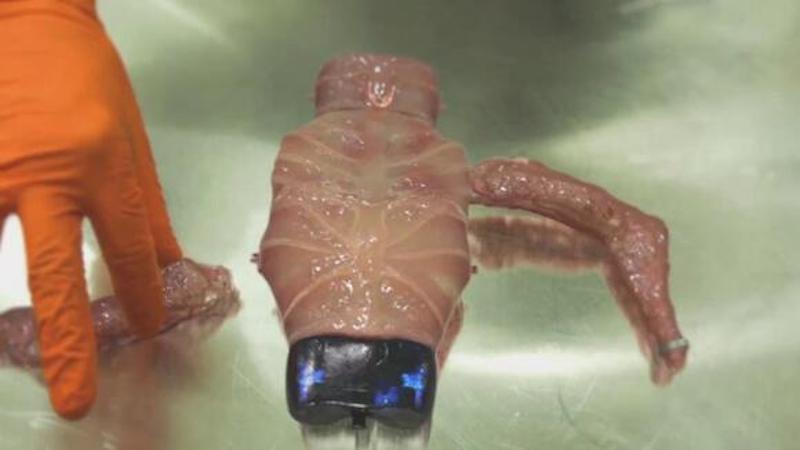Successful British Navy test – t3n – digital pioneers

The technology was tested on this ship. (Photo: Shutterstock/Kevin Shipp)
The Royal Navy is currently testing what may be the next generation of navigation for ships and submarines. Quantum navigation should enable precise positioning worldwide without using GPS.
The British Navy has successfully carried out the first tests in the field of quantum navigation. This method is intended to allow a ship to determine its exact position anywhere in the world without having to rely on GPS.
Quantum navigation has the advantage of not having to rely on outside technologies. It can be used directly on the ship. This allows ships to navigate even if the satellite network fails or is overridden by enemy forces, like Sky News writes.
“Sometimes it can be disabled, sometimes it doesn’t work,” Colonel Tom Ryan, head of Navy X, the Royal Navy’s research arm, said of satellites. “The ability to find a new and novel method of accurately, very accurately determining position is fundamental to the way the Royal Navy and military operate.”
Editorial recommendations
However, quantum navigation is not only helpful when the satellite network fails. A possible area of application is in general submarines, since they cannot use the GPS network when they go diving.
However, the technology also has its challenges. “One of the big challenges is getting it to work in the real world, where things are moving and magnetic fields are changing,” says Dr. Imperial College’s Joe Cotter on Sky News.
In the real world there are many vibrations that could disturb the quantum navigator. Nevertheless, the Navy considers the first tests with the device to be a success.
Exactly how the quantum navigator tested on the Navy ship looks like remains a mystery. However, Dr. Cotter showed the Sky News team a similar device in the university lab.
It looks like a steel ball with wires and copper detailing. It contains around a billion rubidium-87 atoms. These are held in the ball with laser light and cooled down to a few millionths of a degree above zero.
At this temperature they behave less like particles and more like waves. In this state, the researchers can measure the influence of gravity on their system and thus determine the speed and direction of movement.
To what extent the technology is already ready for use on the high seas is not yet clear. However, it could take navigation a big step forward.


